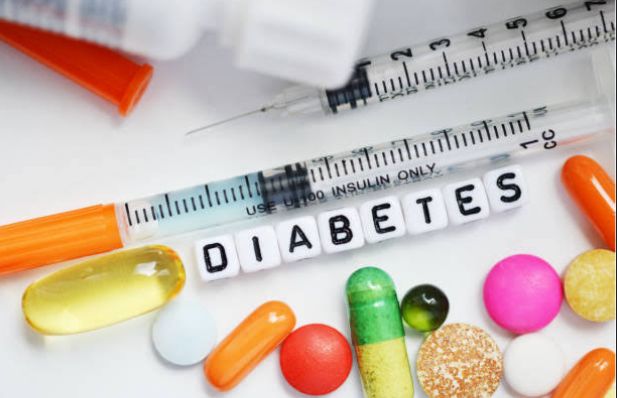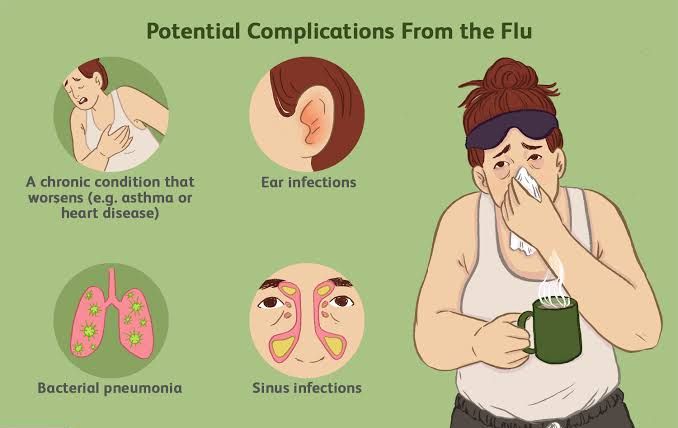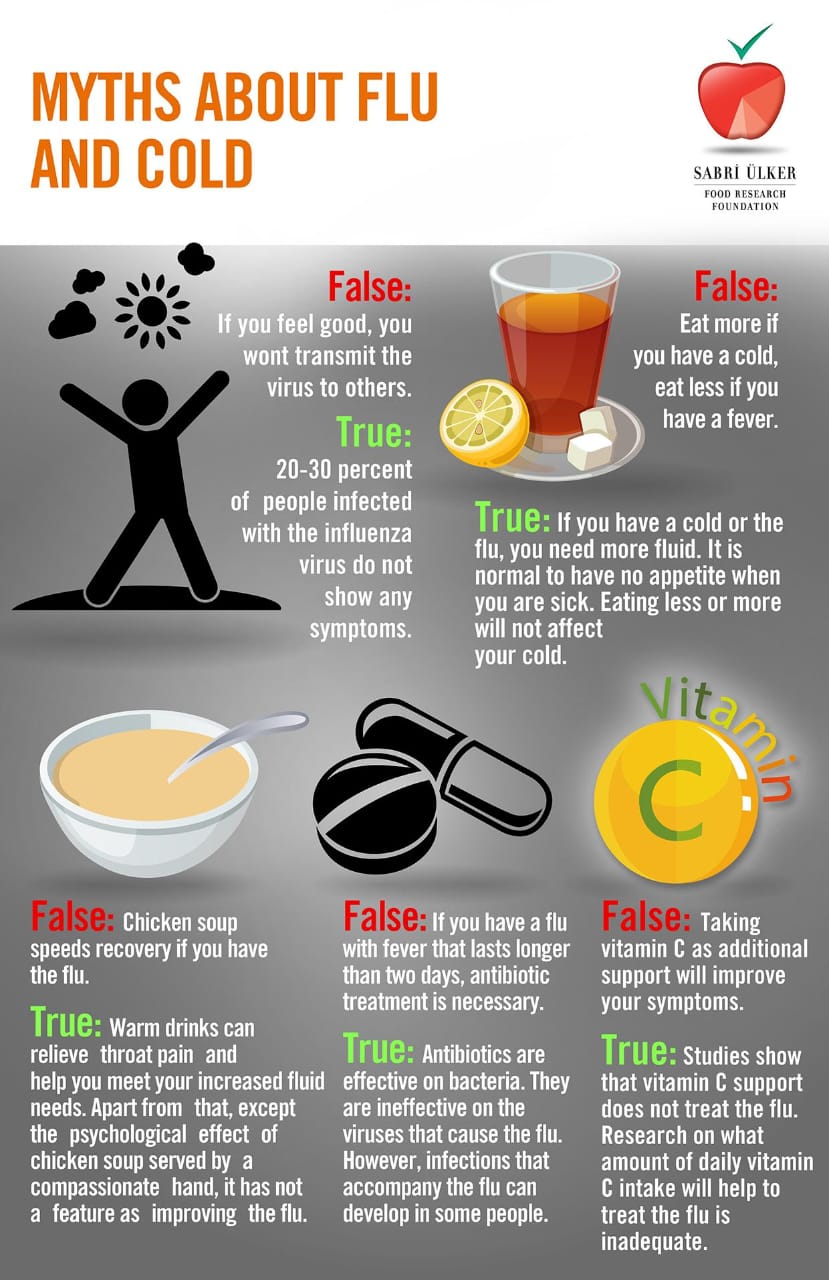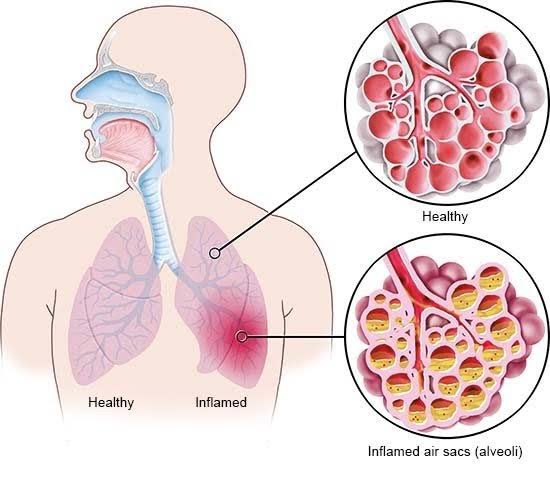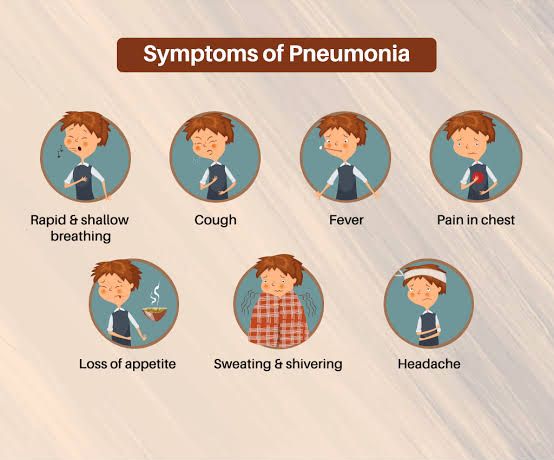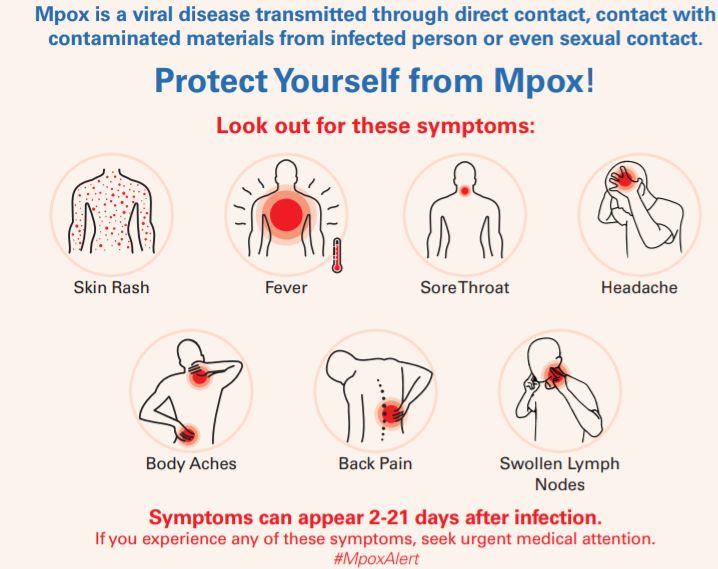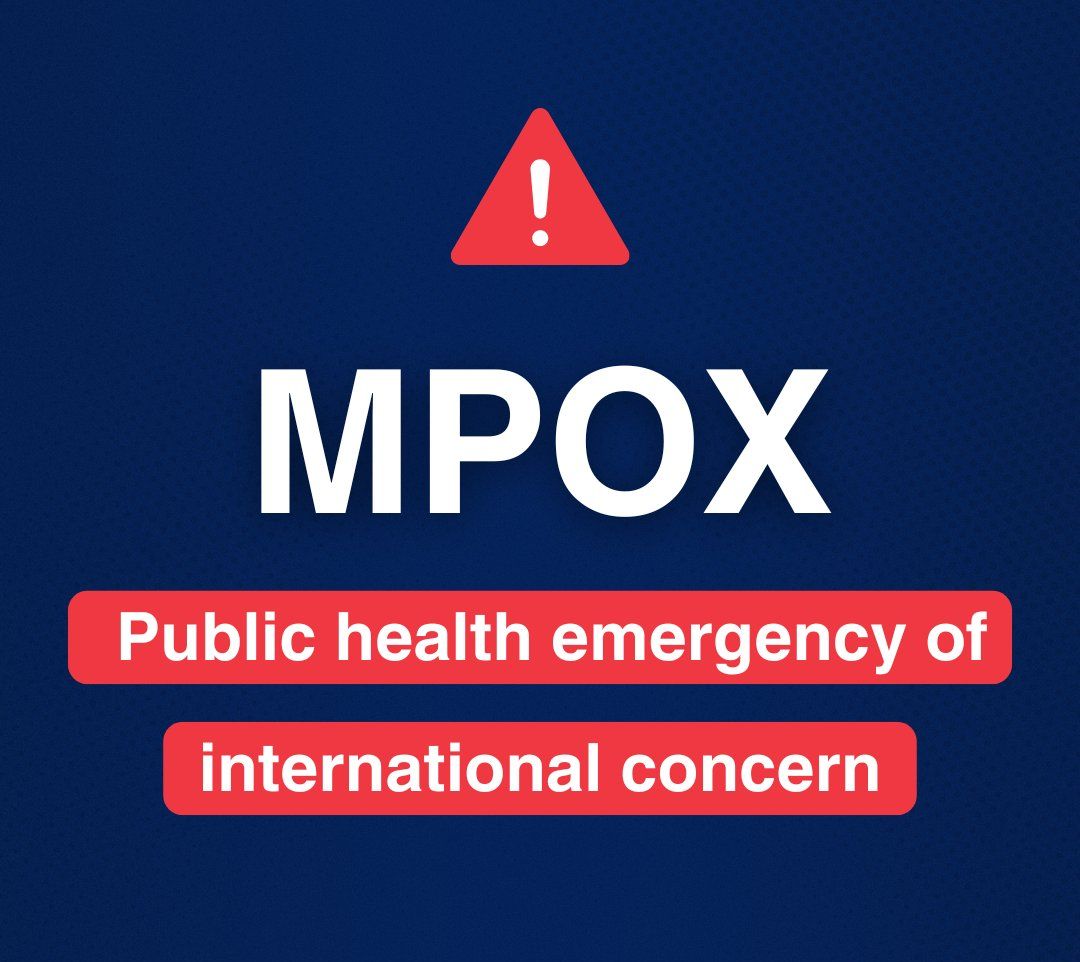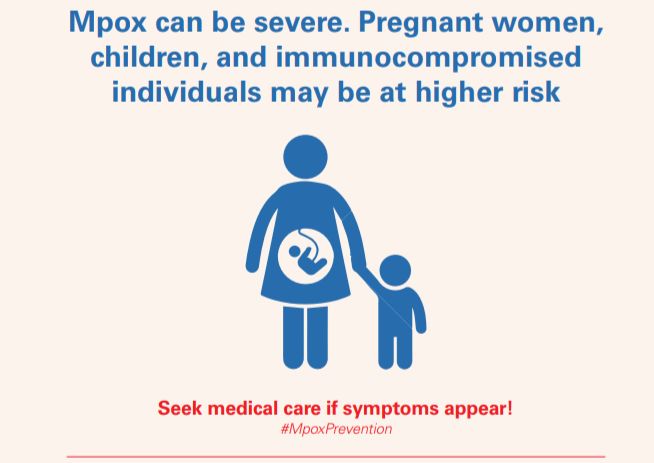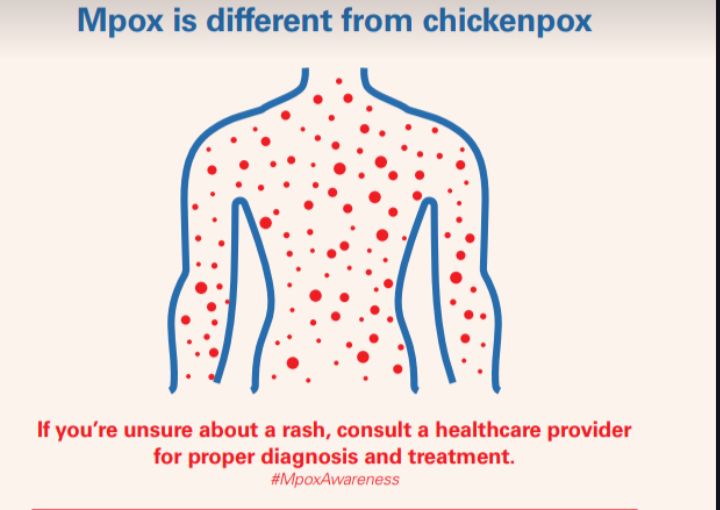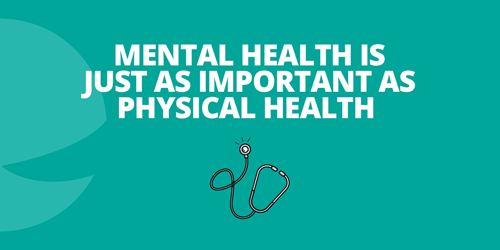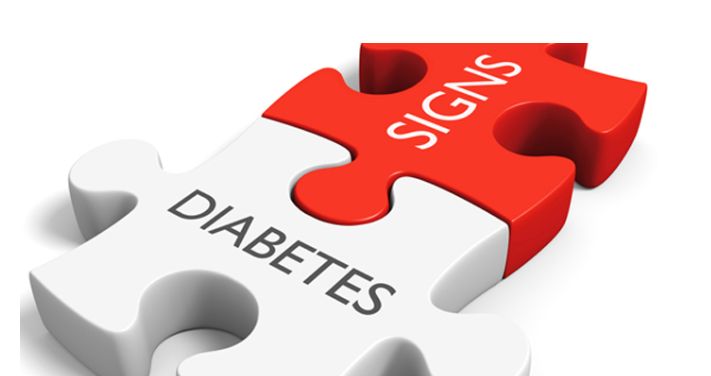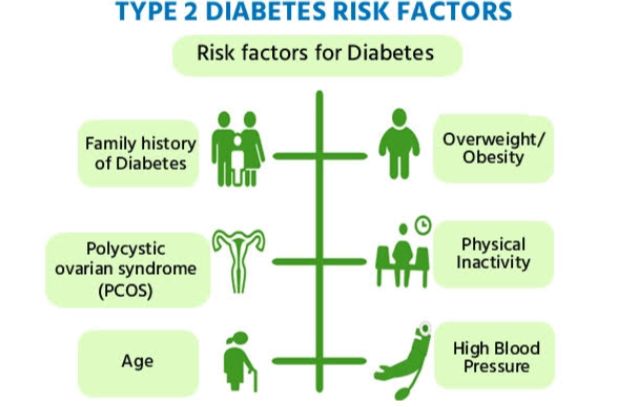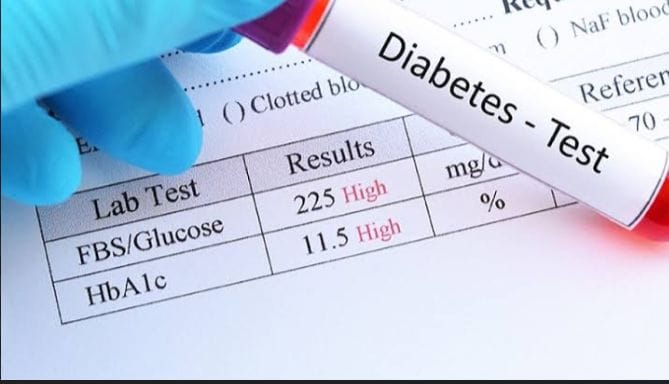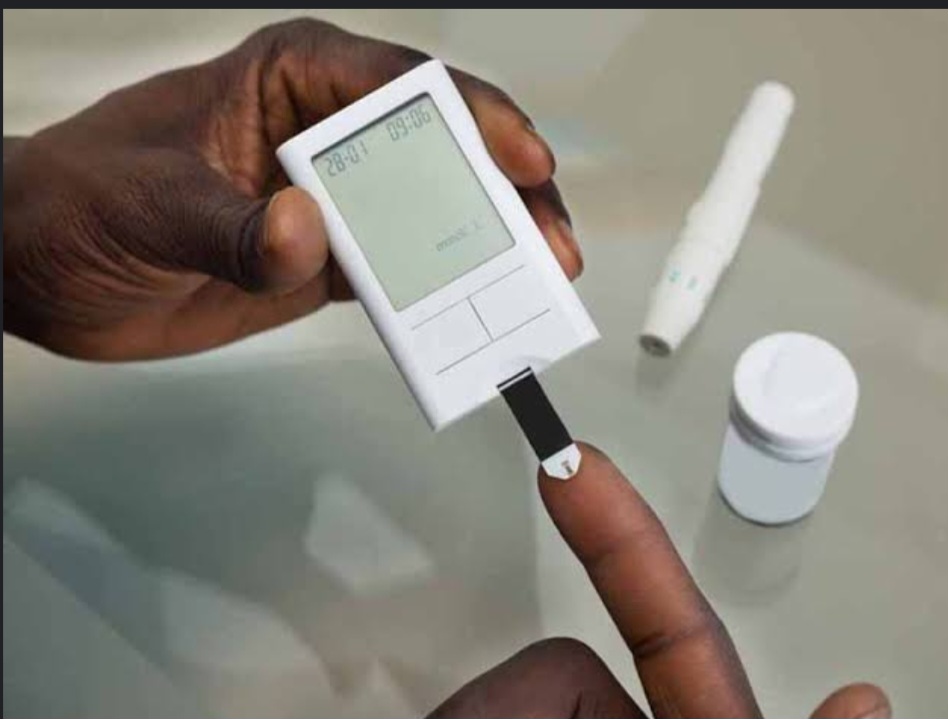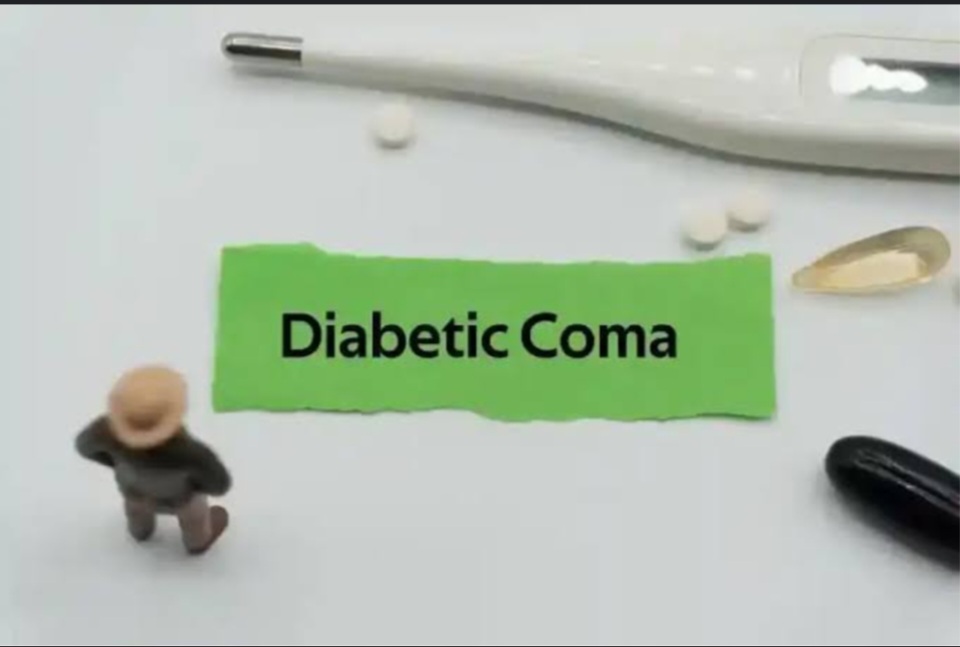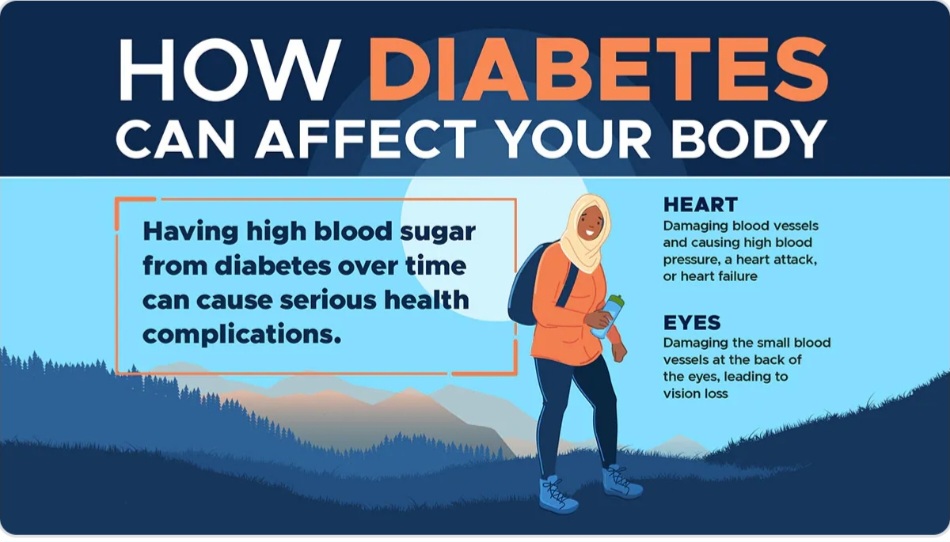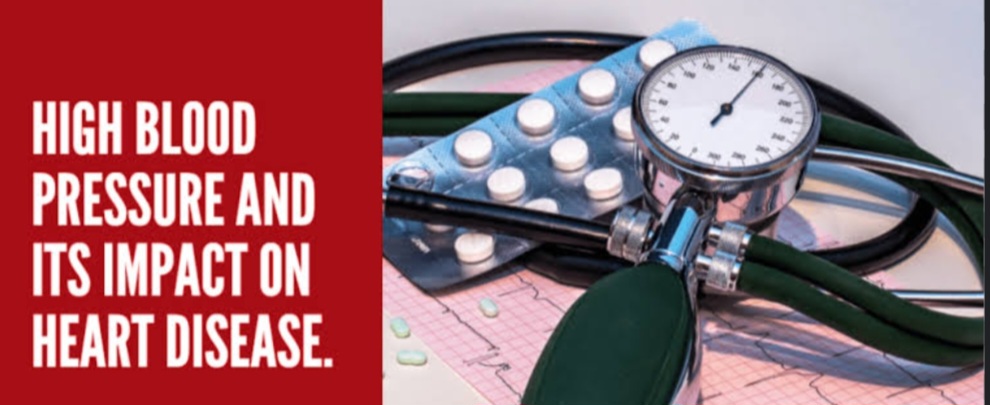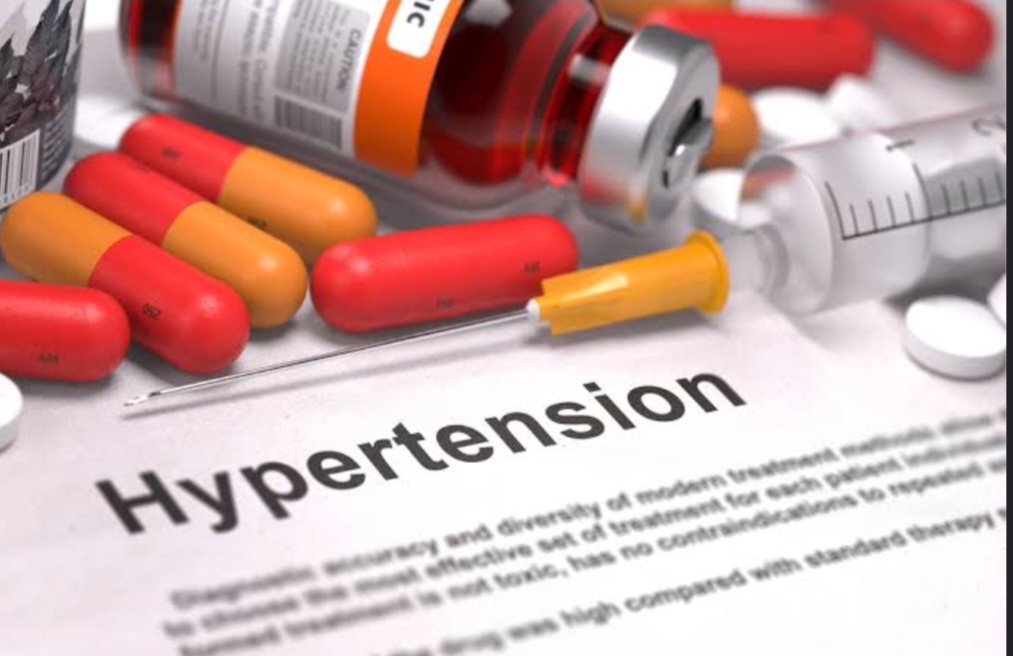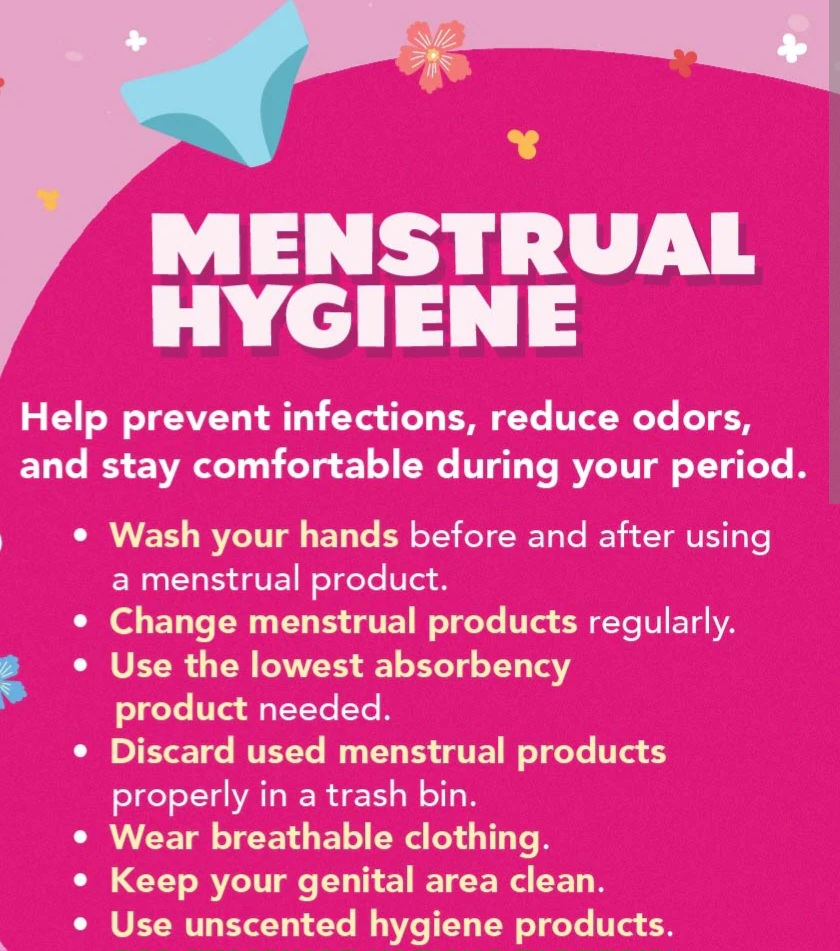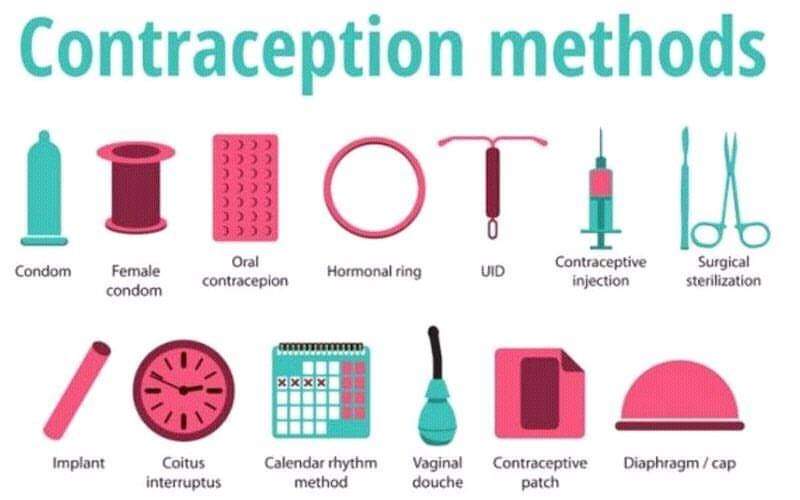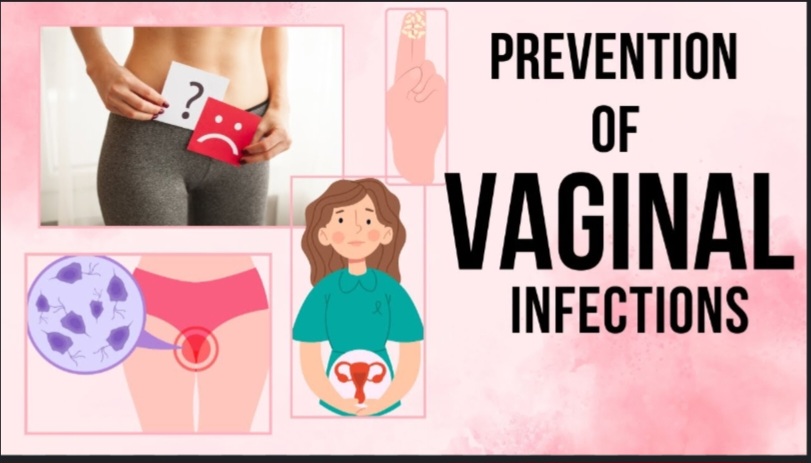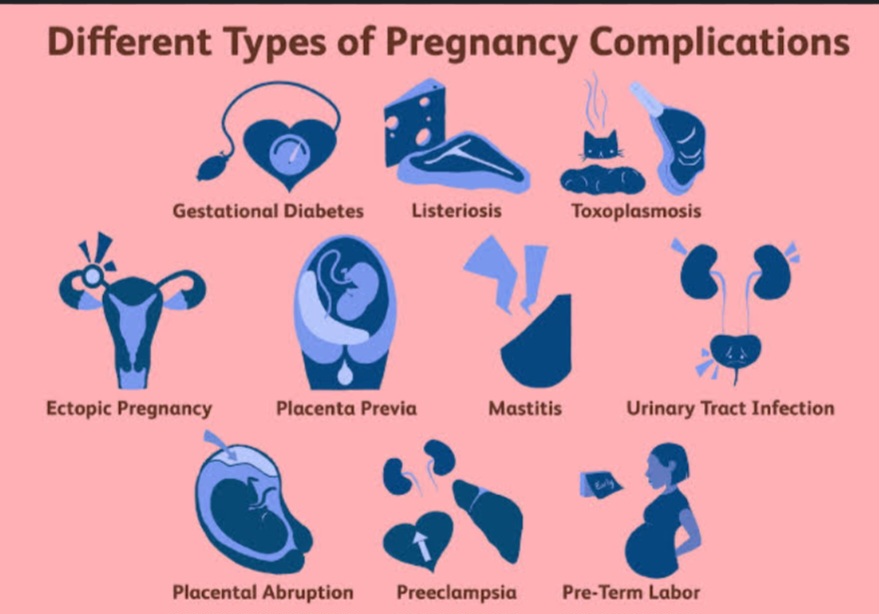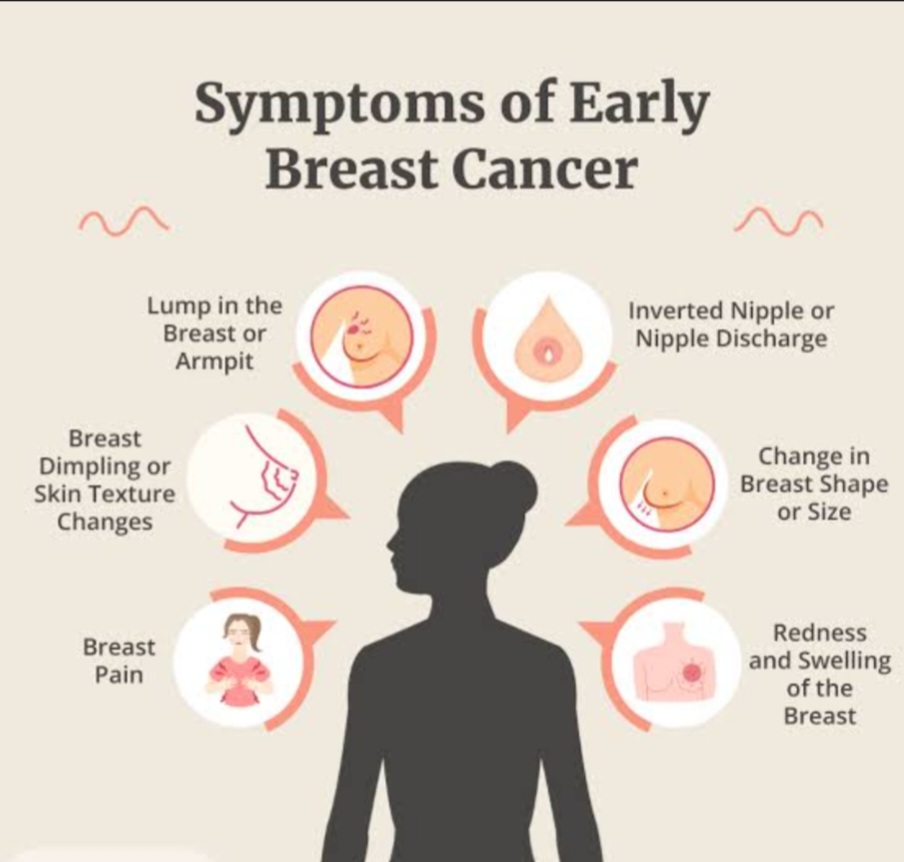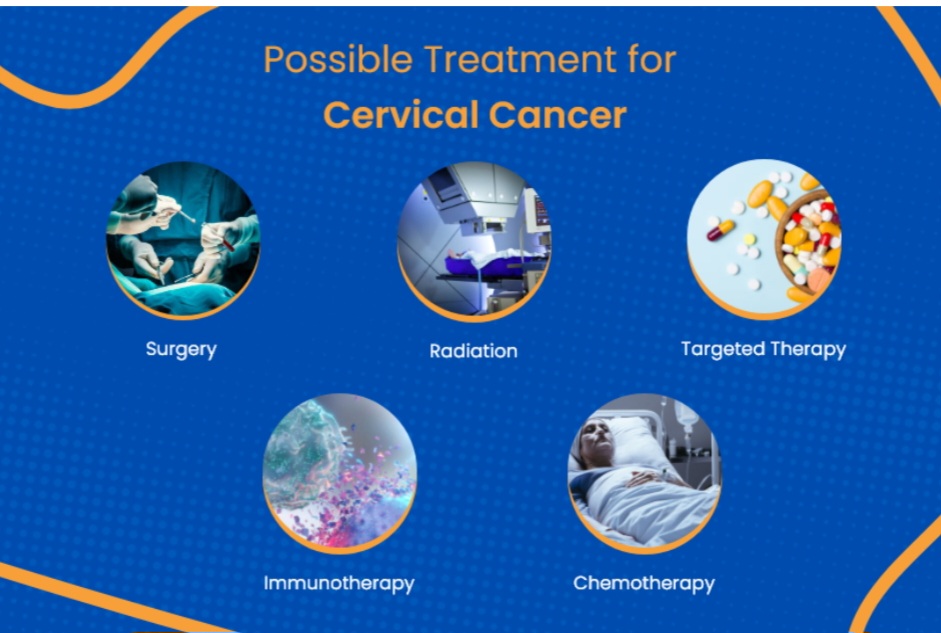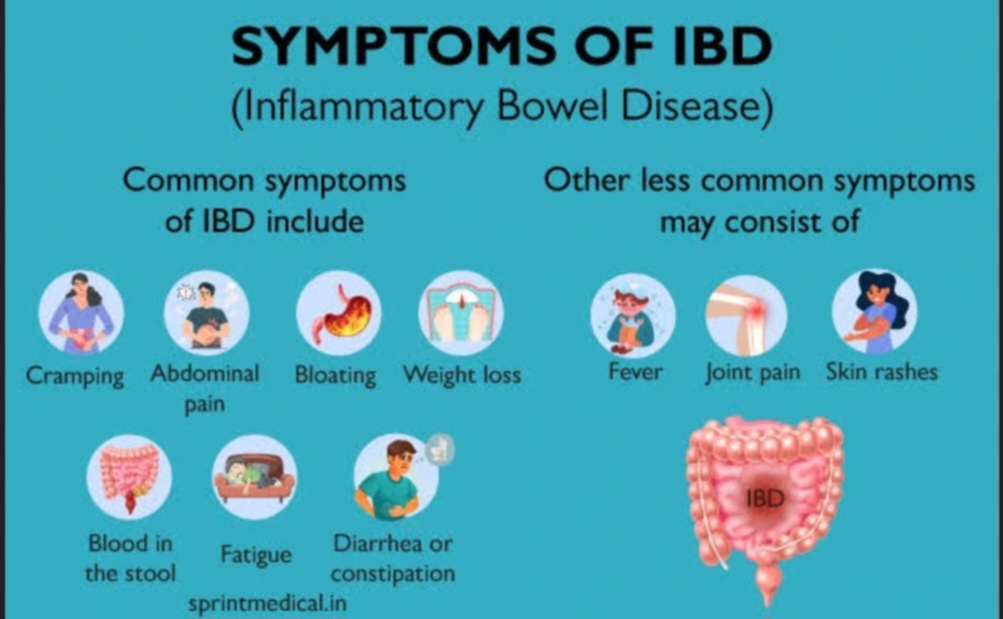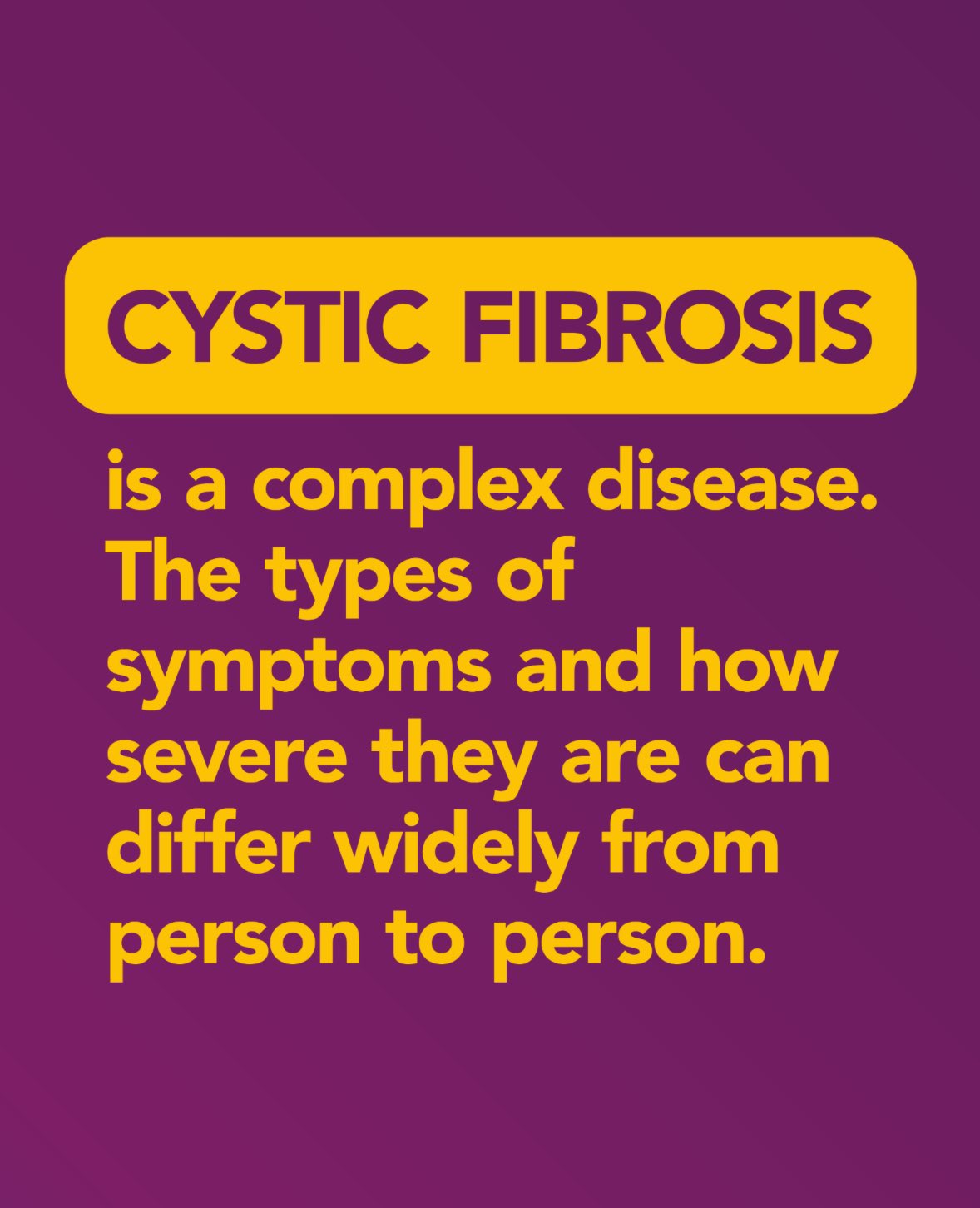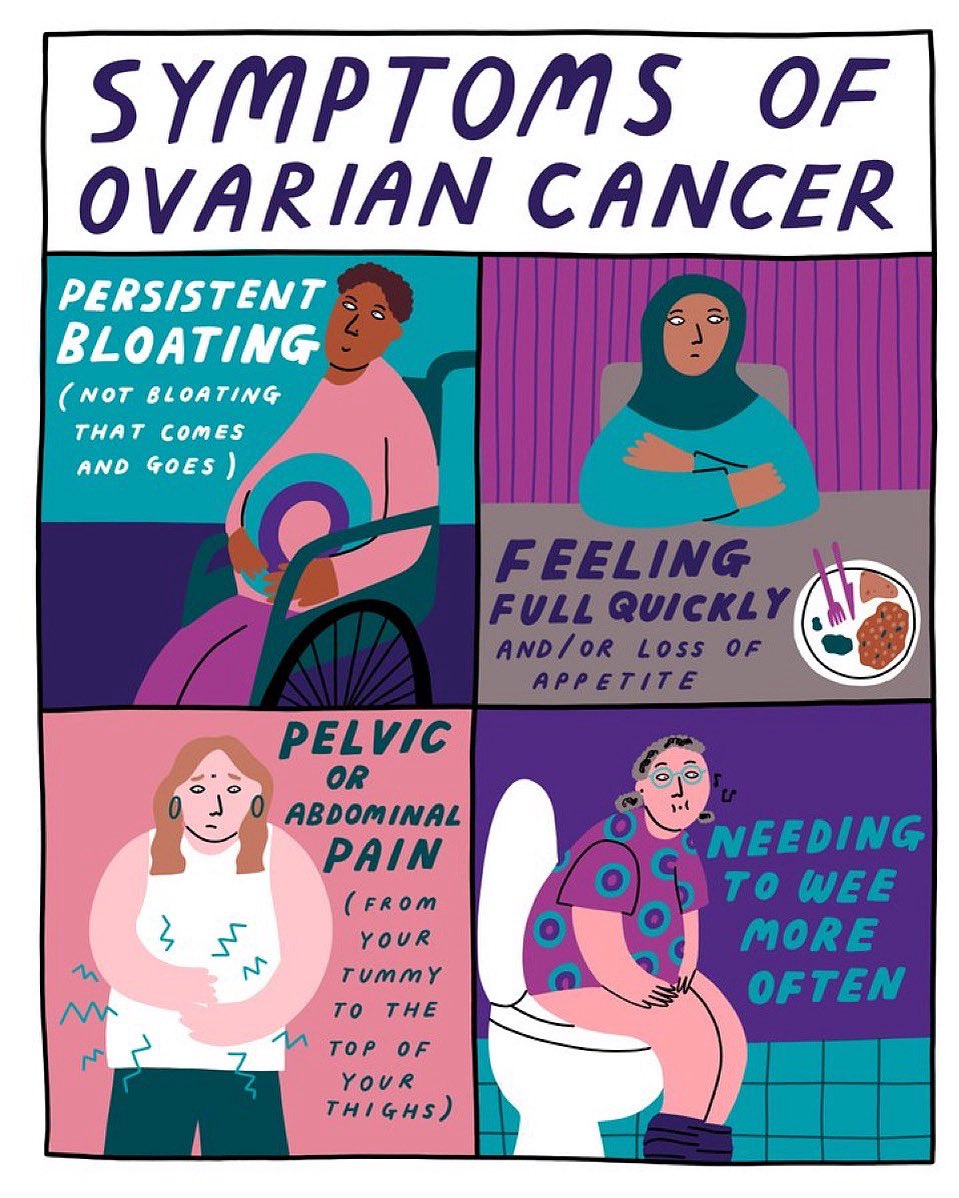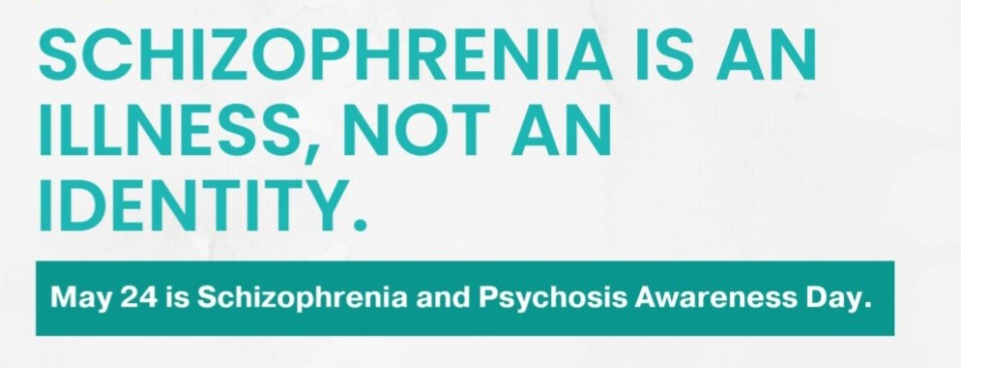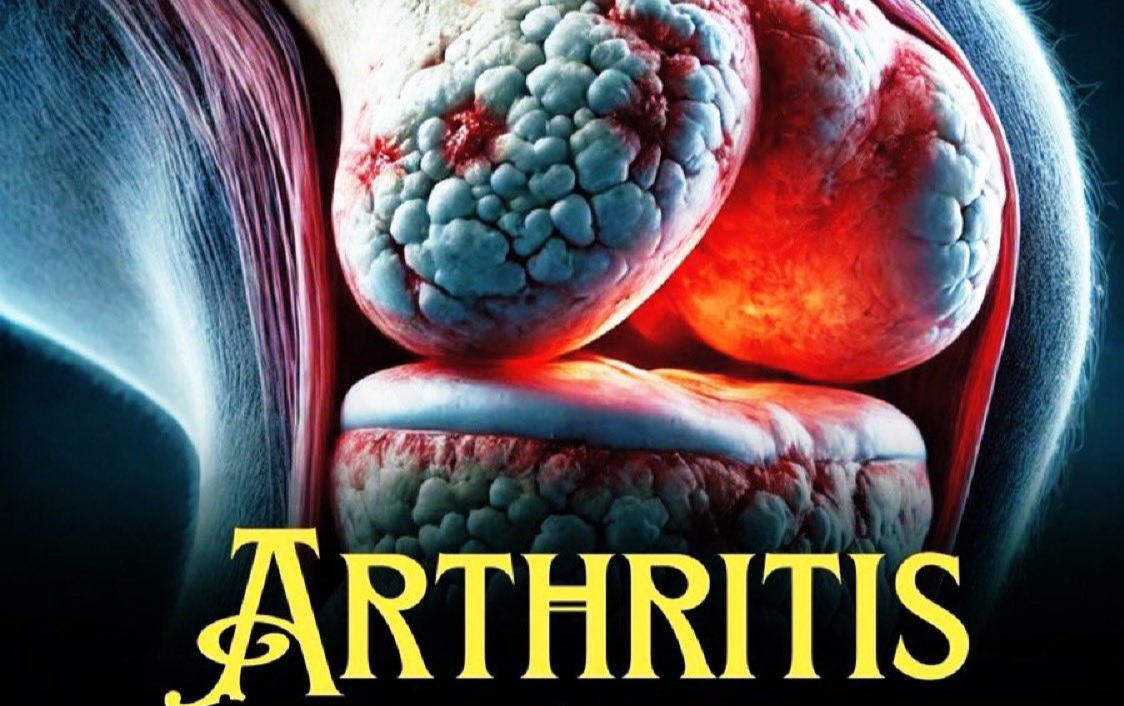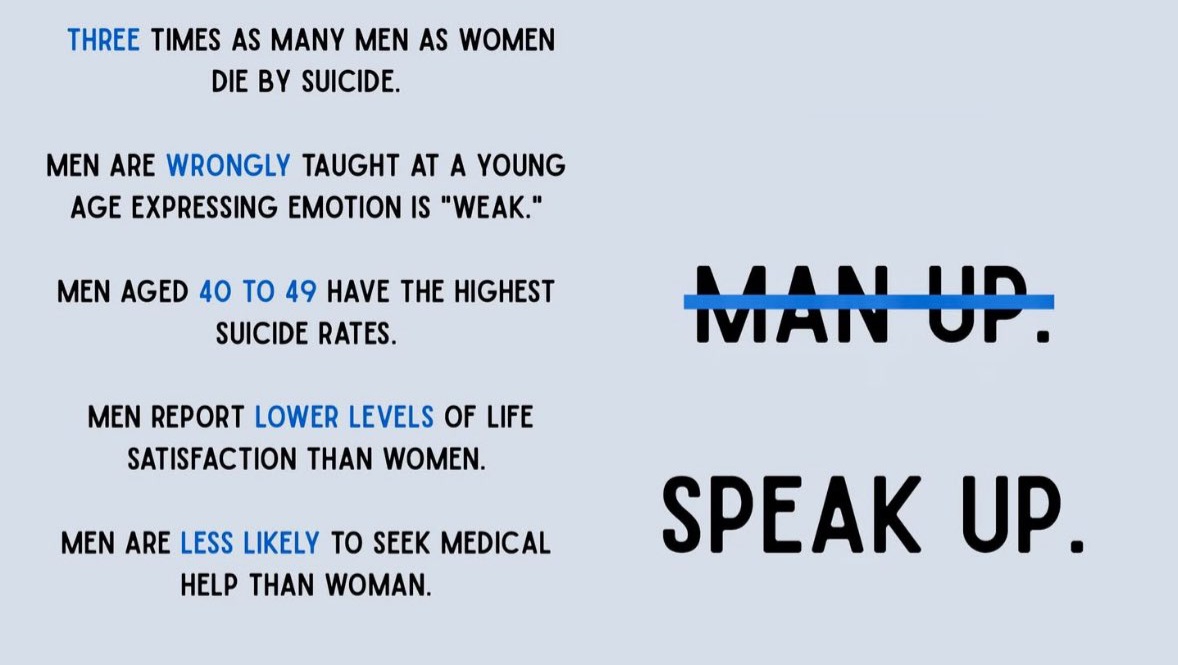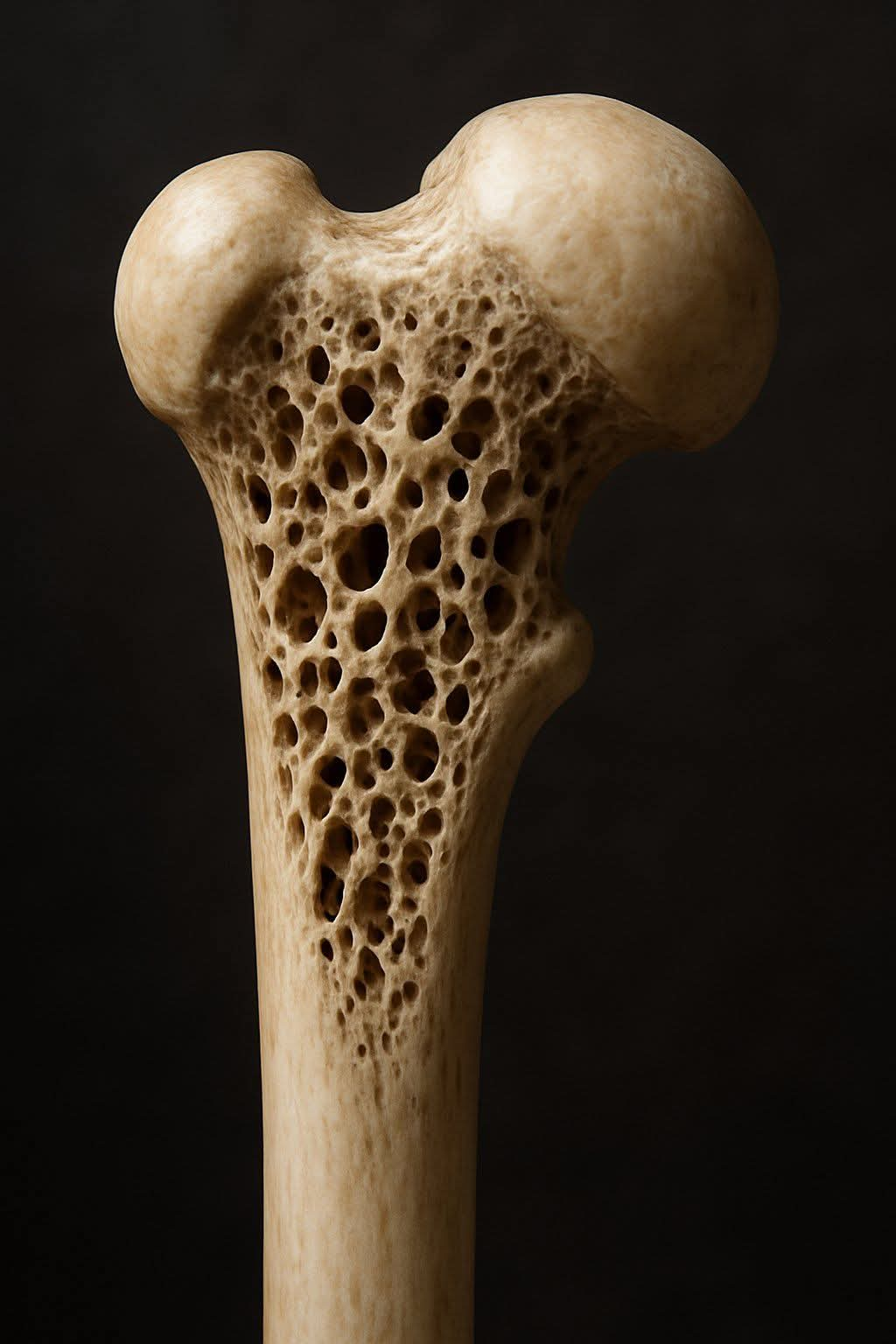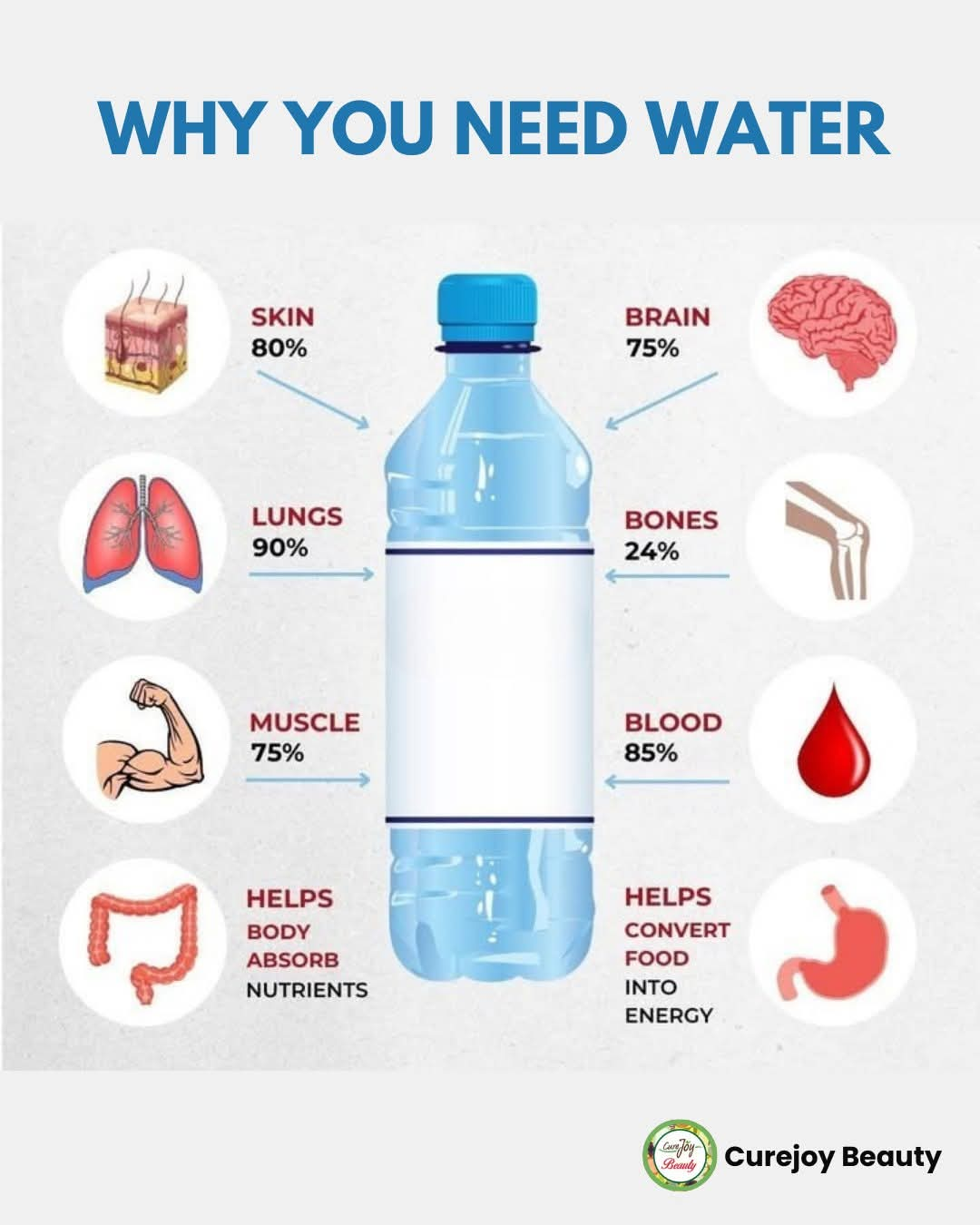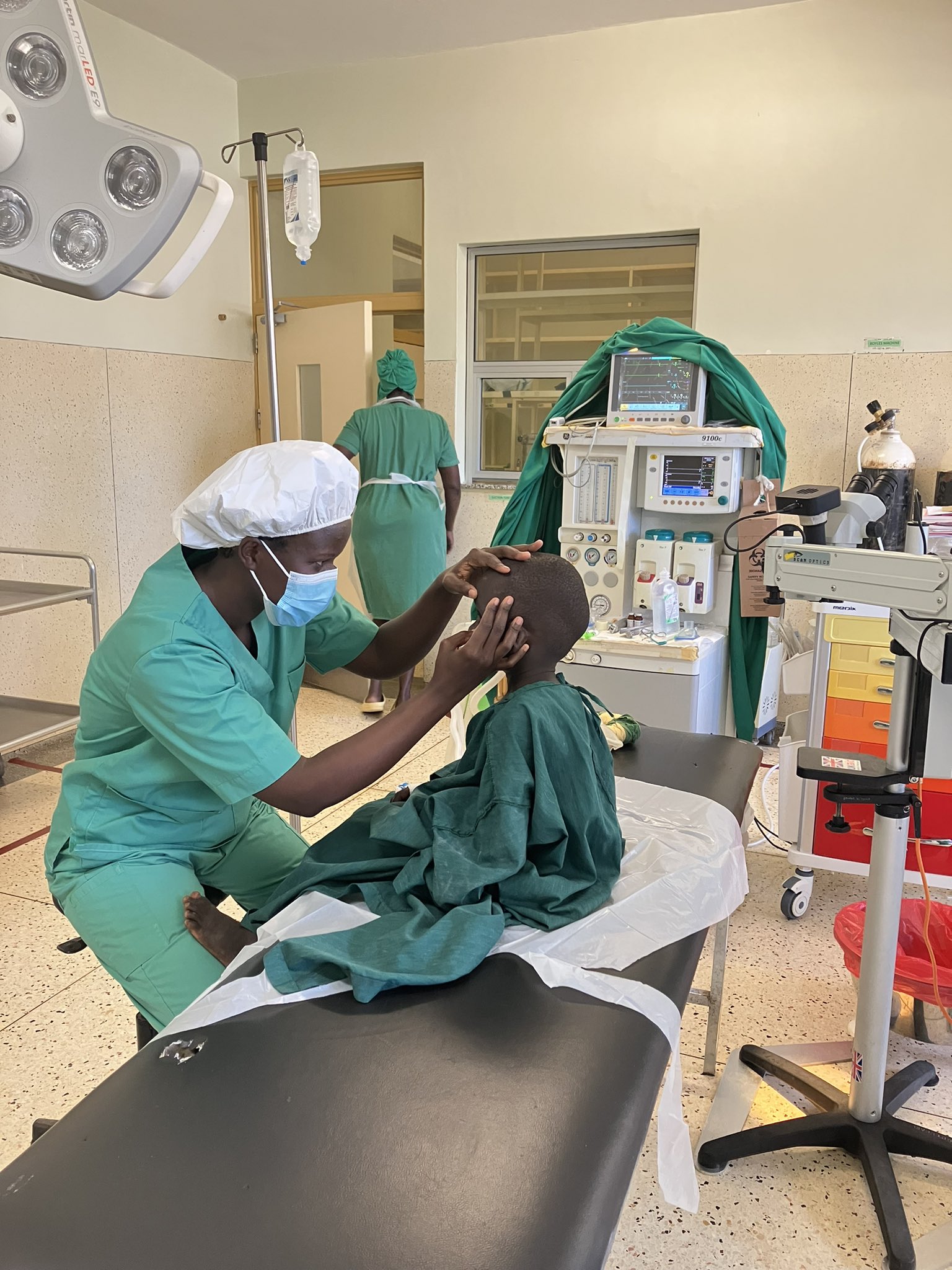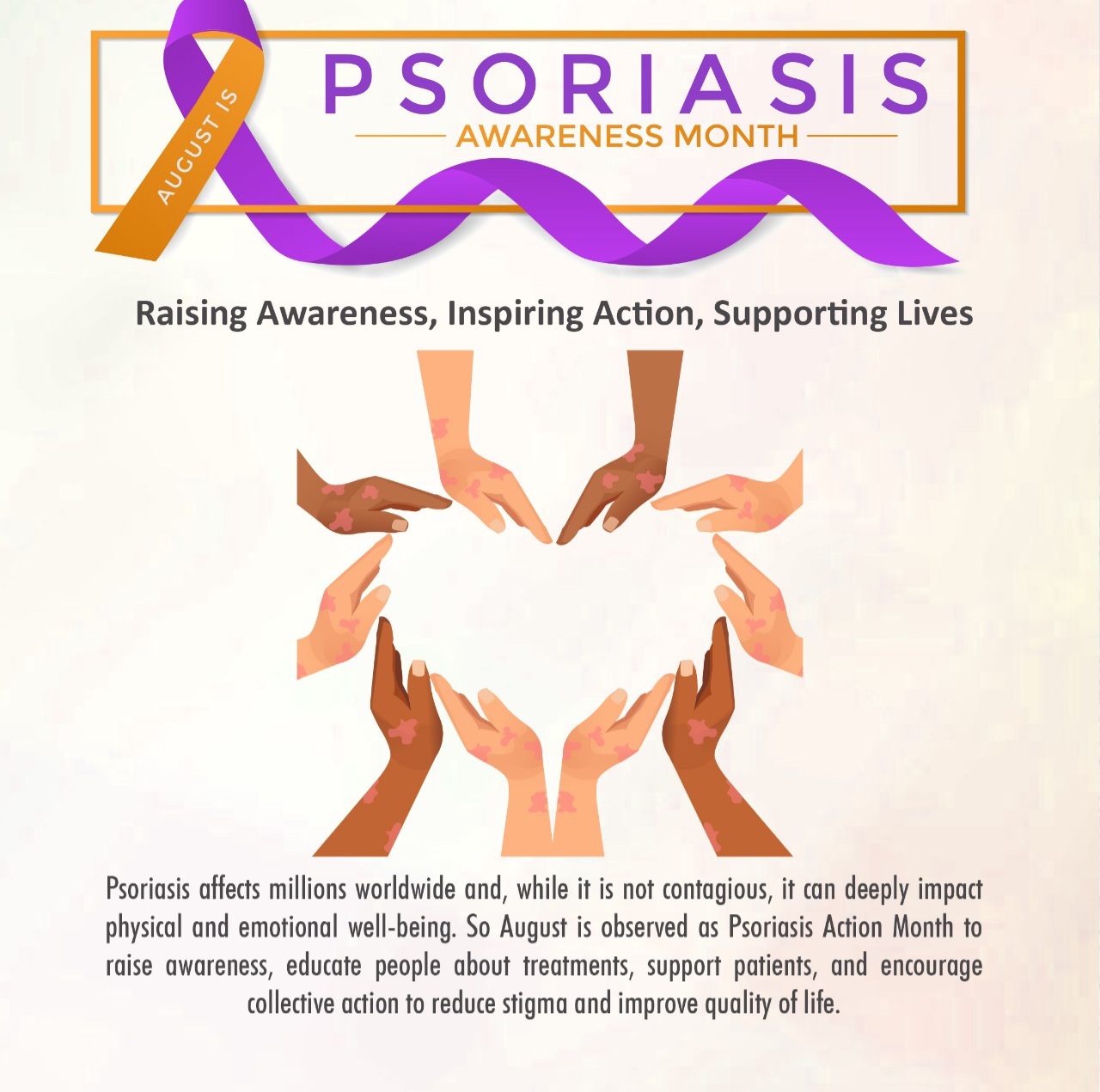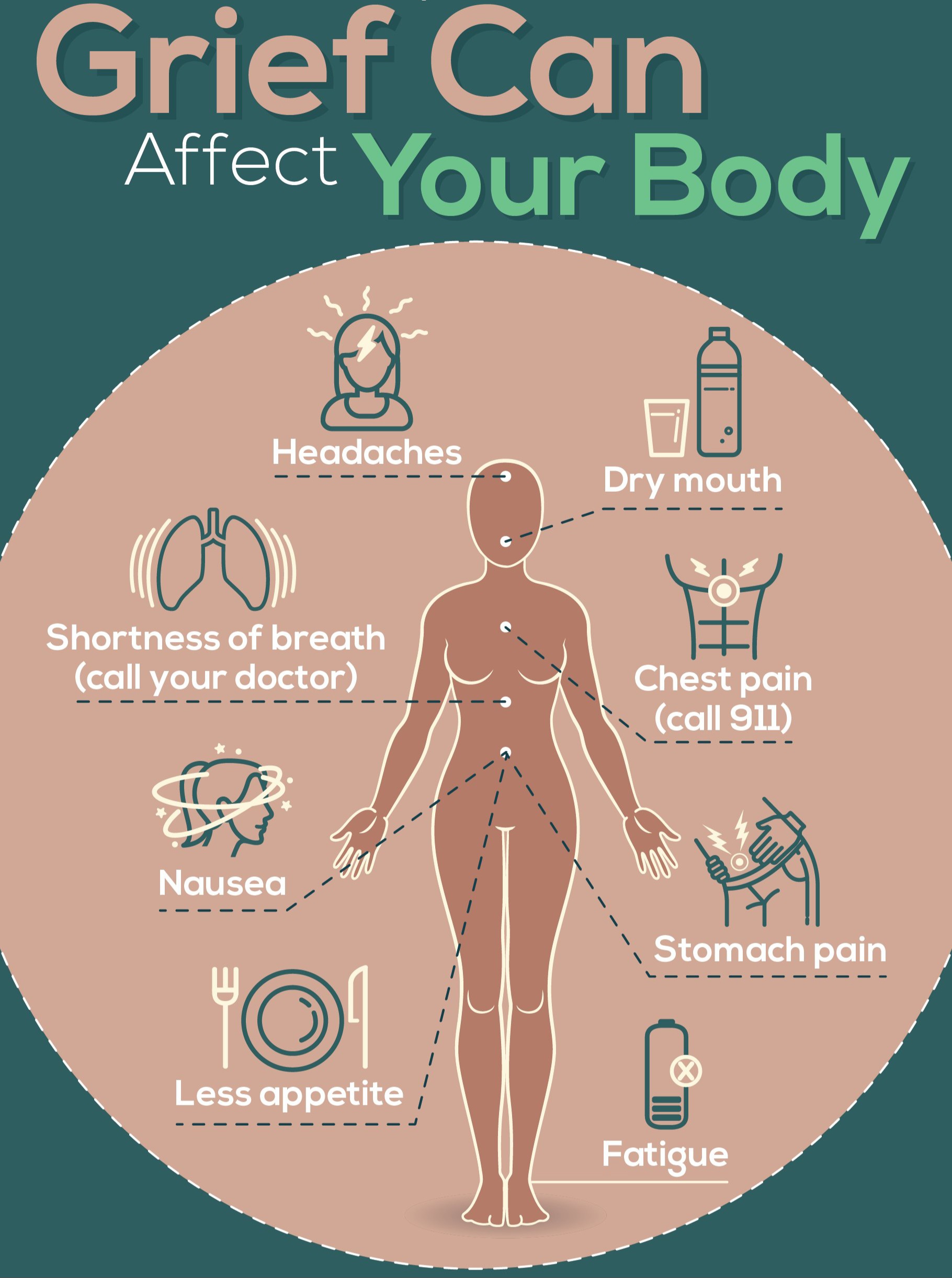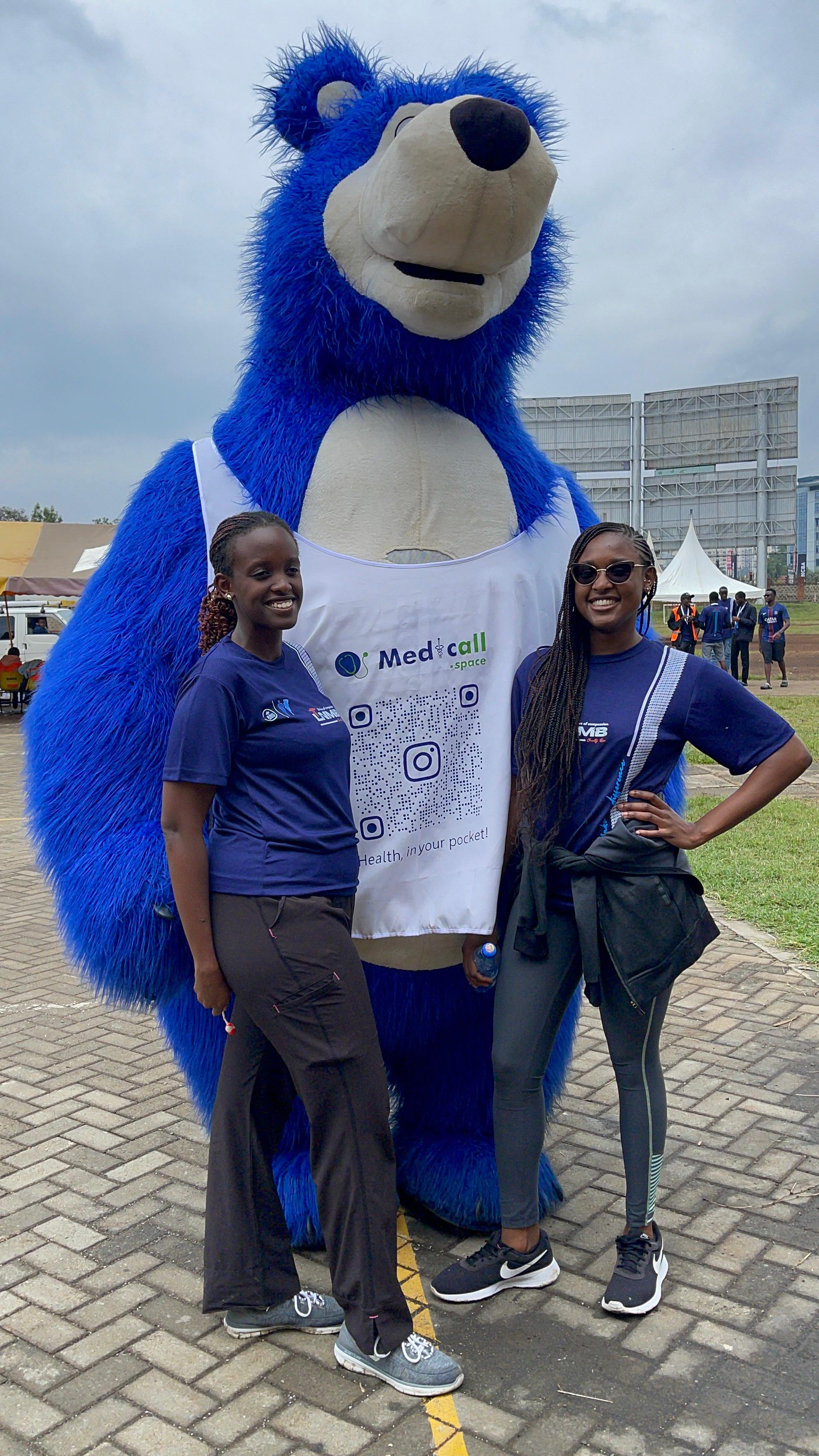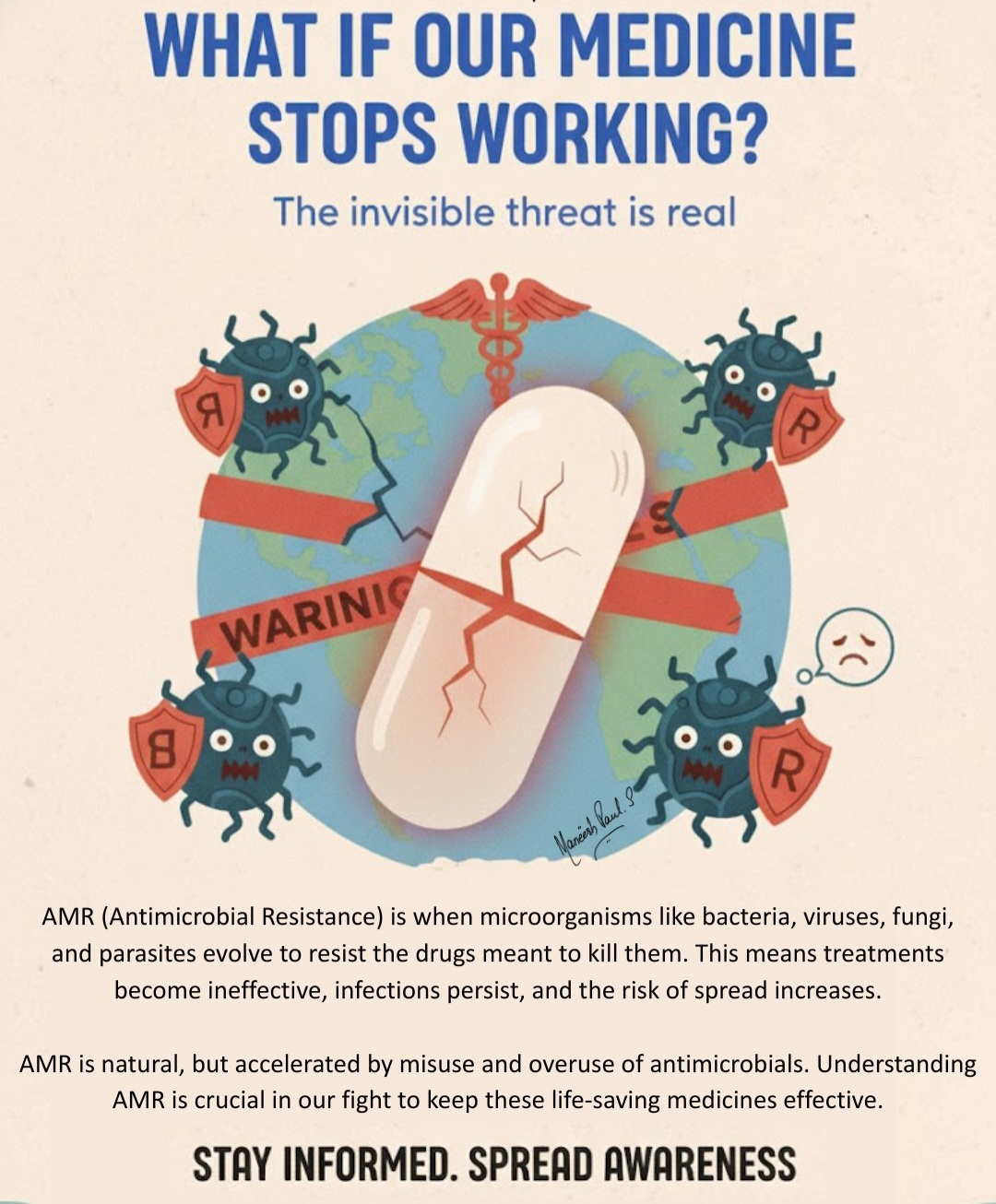What is the Goal for Treating Diabetes?
The goal of treating diabetes is to eliminate symptoms and to prevent or slow down the development of complications.
The condition in itself has no cure hence it is important to manage it properly. Management can be achieved by managing blood glucose levels, blood pressure, and control of lipids (Reduction of LDL cholesterol) in the body.
Exercise, diet and other lifestyle modifications such as smoking cessation helps in managing diabetes. Medications can also be used to help manage blood glucose levels or to aid the body in utilization of glucose.
Your healthcare provider will help you adopt the most appropriate form of medication since all patients may not respond well to aggressive glucose lowering medications.
Treatment for Type 1 Diabetes
Type 1 diabetes is mainly treated by use of insulin therapy since the patient has absolute deficiency of insulin and therefore is in mandatory need of insulin therapy.
Insulin therapy is available in many forms which your health care provider will advise you on. The available forms include individual and premixed insulin.
According duration of action, insulin are also classified into rapid acting , regular, intermediate acting, long acting , and mixed insulin (the most commonly used ).
Your doctor will advise on when and how to use insulin doses.
Insulin doses are given via injection and cannot be taken orally since the stomach enzymes interfere with action of insulin.
One can self-medicate at home with proper guidance from your doctor. The commonly used device is the insulin pen or an insulin syringe.
It is advisable to regularly rotate the injection area by to avoid side effects such as pain or swelling at the site of injection or depression at the site of injection with prolonged use.
Treatment for Type 2 Diabetes
Type 2 diabetes has shown improved control of blood glucose by use of drug classes commonly known as Oral Hypoglycemic agents (Oral anti-diabetic drugs)
Many individuals who have type 2 diabetes may also need insulin therapy to manage their diabetes. .
The drug classes include the following:
✓Biguanides: Metformin commonly known as Glucophage is the only biguanide in clinical use. It lowers plasma glucose levels and improves insulin sensitivity. Metformin is the first choice drug used in management of type 2 diabetes.
✓Sulfonylureas: They include glipizide and glimepiride. They stimulate insulin release from the beta cells of the pancrease.
✓Alpha glucosidase inhibitors: Act by delaying absorption of sugars
✓Meglitinide derivatives: Include repaglinide and nateglinide. They work in a similar way to sulfonylureas but are short-acting. They are recommended for individuals who have allergy to sulfonylureas.
✓Thiazolidinedione: Commonly TZDs. They include, pioglitazone (Actos), rosiglitazone (Avandia). They help slow down the progression of diabetes by increasing sensitivity insulin. Should be used with the other medications.
✓Glucagon like peptide-1 (GLP-1) agonists: Include exenatide, albiglutide etc. They act by stimulating glucose dependent release of insulin.
✓GLP-1 and glucose dependent insulinotropic polypeptide (GIP) agonists: These have dual action of GLP-1 agonists and GIP agonists. It acts by stimulating release of insulin and suppressing release of glucagon.
✓Dipeptidyl peptidase IV (DPP-4) inhibitors: Include Saxagliptin, sitagliptin and linagliptin. They can be used with other medications
✓Selective sodium-glucose transporer-2 (SGLT-2) inhibitors: An example is Canagliflozin. They act by lowering the renal threshold of glucose hence more glucose is excreted by the kidneys.
✓Amylinomimetics: Examples include Pramlinitide acetate
✓Insulin therapy can also be given in type 2 diabetes especially in situations where the patient becomes insulinopenic.
Note that: Treatment plans for diabetes should be as advised by your doctor which may include dose adjustments from time to time. Monitoring treatment is also tied to the fact that different patients show variable resistance to insulin.
Other forms of treatment may include: pancrease transplant and bariatric surgery.
Prediabetes is mostly managed by lifestyle modification practices such as exercise and healthy eating. Additionally one can take metformin to help manage prediabetes and other drugs that lower high blood pressure when they have hypertension.
